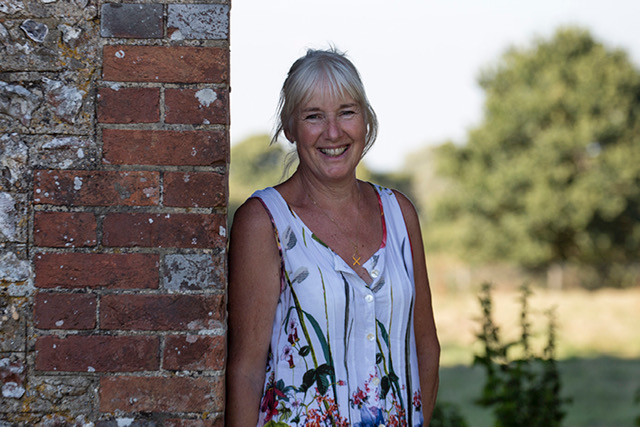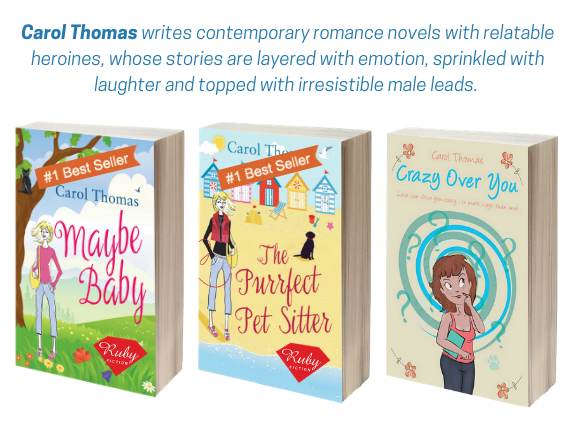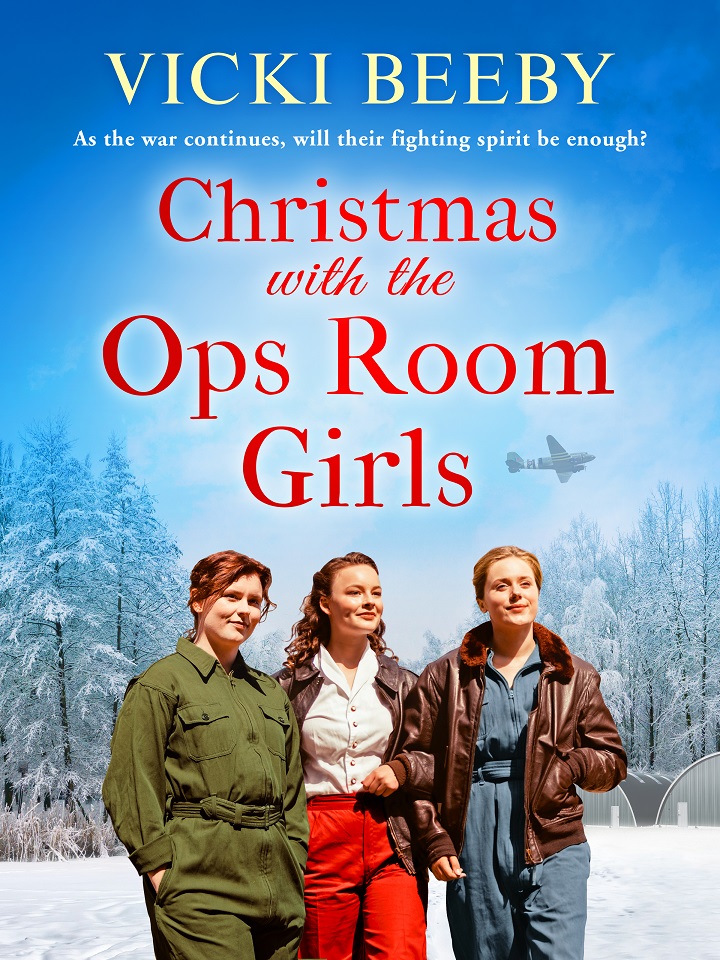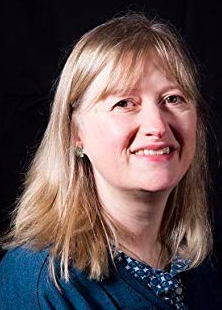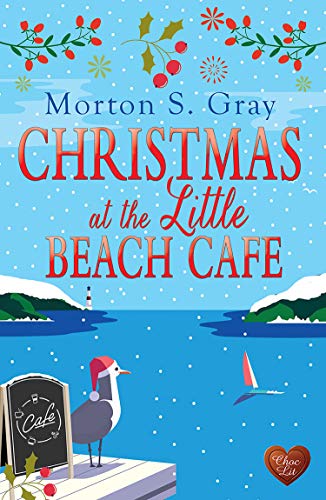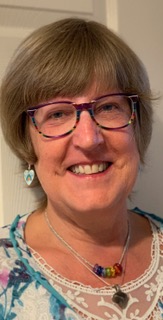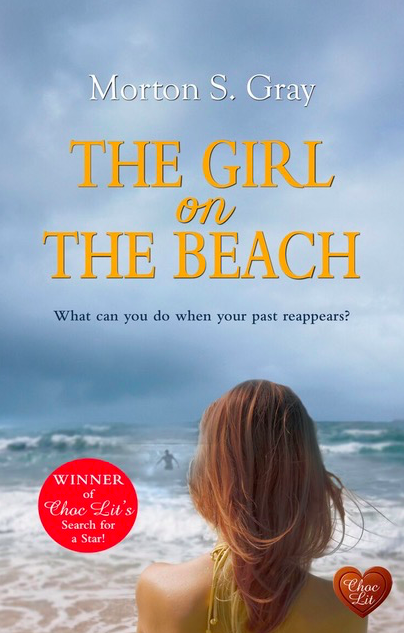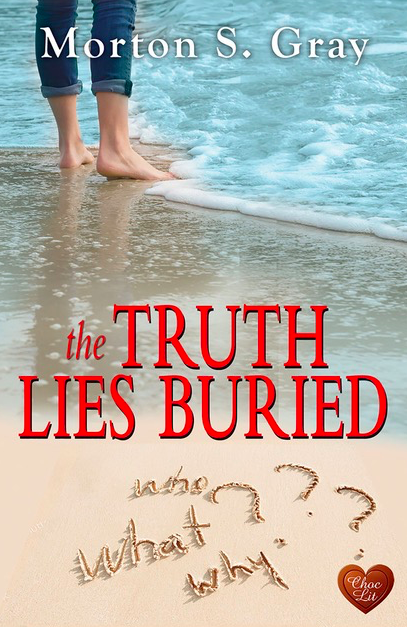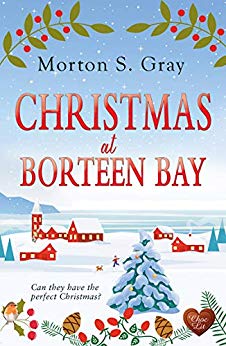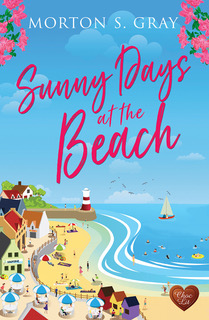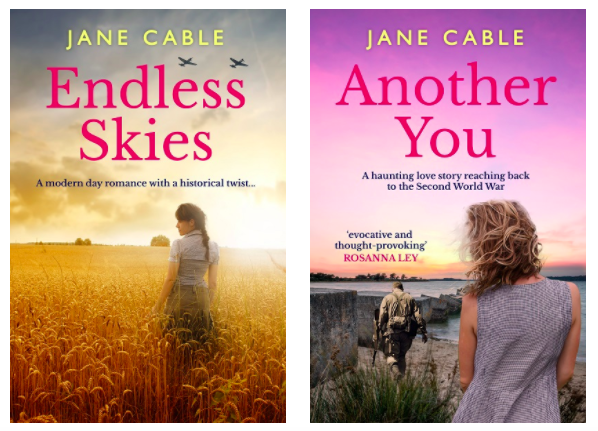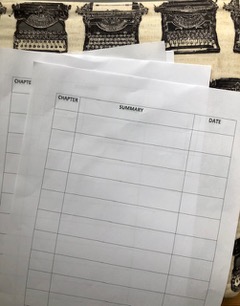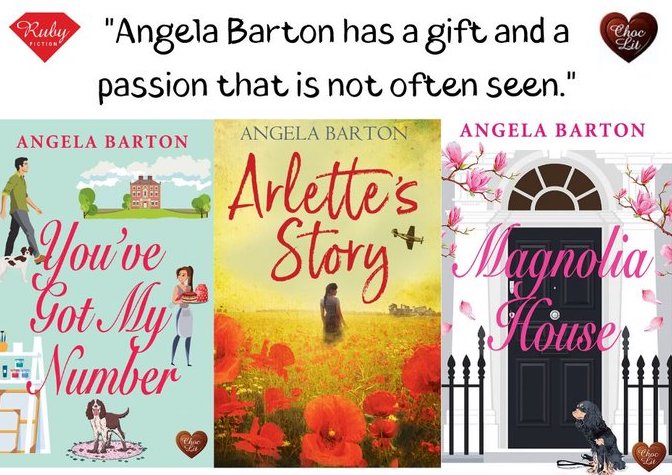I am delighted to welcome my final (for now) #WritingWednesday guest, Angela Petch, as she talks about structural edits. Over to you, Angela …
You’ve typed The End after several months of creating your story. But “it ain’t over”. Now comes the structural editing.
“A novel is a game for two players. The book may get written in solitude but it kicks into life only when a reader’s imagination collaborates with that of the writer…” (Lindsay Clarke from The UEA’s “The Creative Writing Coursebook”).
Here are a few ideas I’ve used over the years.
- If you have Beta readers who look through your work, be careful that they’re not friends who will only be kind. Ask them to be honest (but not brutal). Negativity bruises. Pay for a professional editor if you can afford it. It is worth it in the end.
- If are lucky enough to be with a publisher, then start something new while you wait for your editor’s responses, because:
- You need to distance yourself from your work to turn yourself into a reader. Schedule at last two weeks to put away your manuscript and come back to it as if you are not the author. That way, you have more perspective and it will be easier to take on board revisions and comments.
- Divide an A4 sheet in two, vertically. Type your chapter summaries on the left and leave the right hand blank to insert your editor’s comments. This is far easier than trawling through your manuscript when you need to refer.
- Ideally you will have created a timeline beforehand. (Use an old diary). I’m not a spreadsheet person, so I use a strip of paper and pin it to my noticeboard). Plus, a family tree, especially if you write historical novels in dual time. And have your character sketches handy, so you don’t muddle character descriptions and traits. I pin photos of places and characters up and look at them frequently. (They speak to me sometimes).
- Always make a copy of your manuscript with the editor’s comments and work on that copy. Use the comments box (under review on your bar) and insert reminders to yourself as you work. (They can be deleted eventually).
- I have listened to Julie Cohen’s excellent talk on using coloured post-its (listen here). It is a brilliant way to see the imbalances in your story: where you need to break a long sequence and bring in another so that your reader does not lose their way; where one character’s story might be too dominant etc. Remember that you know everything that happens and everyone it happens to in your story (hopefully 😉), but it has to be absolutely clear to your reader too. Once you allow your book to be published, it does not only belong to you.
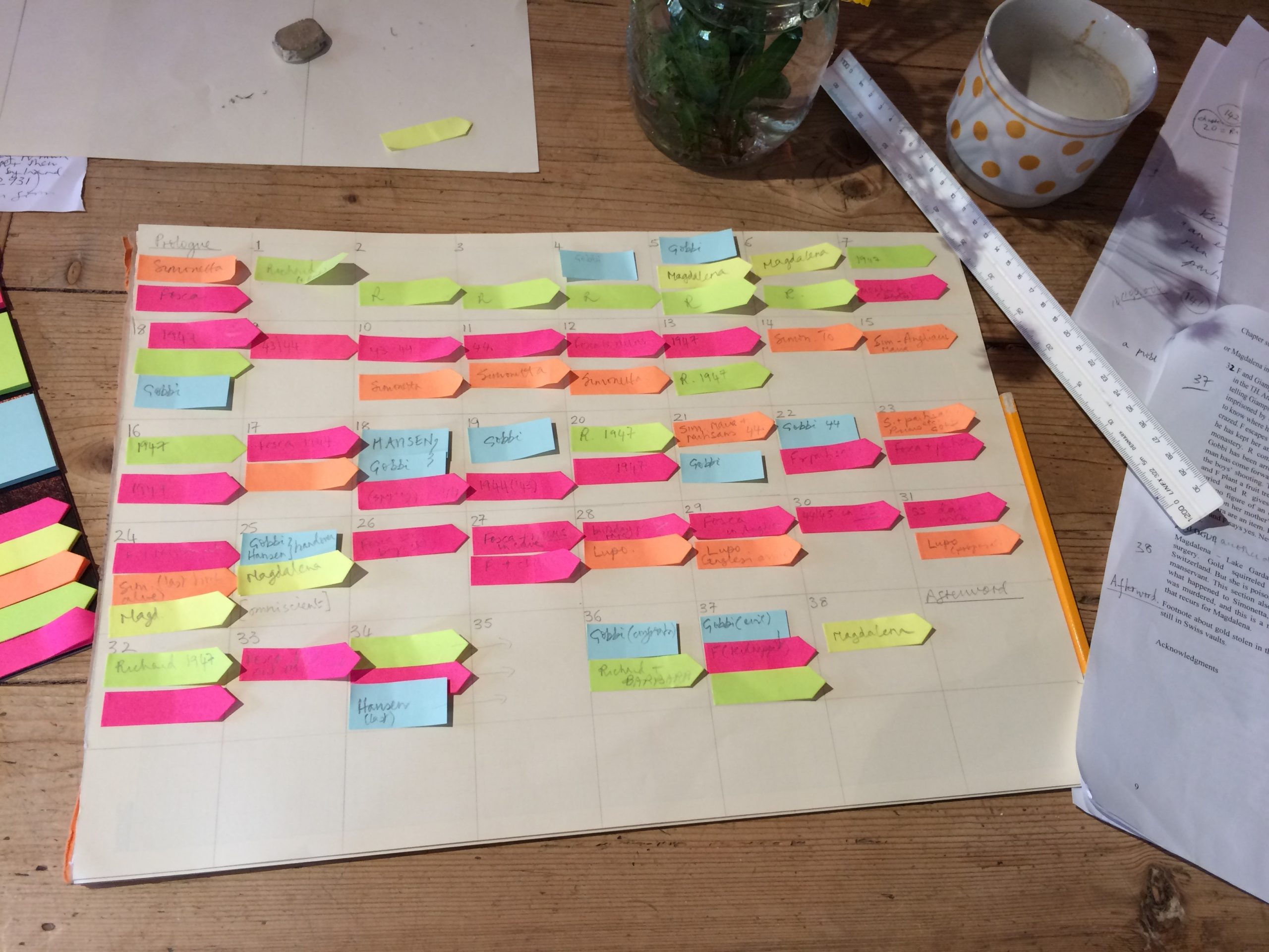 Finally, take breaks. I use a timer so that I don’t hunch over my laptop for hours. And do stretching exercises for your neck and shoulders. Be kind to yourself and set rewards. (But not always chocolate. A walk is perfect for untangling thoughts and ideas).
Finally, take breaks. I use a timer so that I don’t hunch over my laptop for hours. And do stretching exercises for your neck and shoulders. Be kind to yourself and set rewards. (But not always chocolate. A walk is perfect for untangling thoughts and ideas).
About the author:
Published by Bookouture, Angela Petch is an award winning writer of fiction – and the occasional poem.
Every summer she moves to Tuscany for six months where she and her husband own a renovated watermill which they let out. When not exploring their unspoilt corner of the Apennines, she disappears to her writing desk at the top of a converted stable. In her Italian handbag or hiking rucksack she always makes sure to store notebook and pen to jot down ideas.
The winter months are spent in Sussex where most of her family live. When Angela’s not helping out with grandchildren, she catches up with writer friends.
Angela’s gripping, WWII, Tuscan novels are published by Bookouture. While her novel, Mavis and Dot, was self-published and tells of the frolics and foibles of two best-friends who live by the seaside. Angela also writes short stories published in Prima and People’s Friend.
Discover more about Angela Petch and her writing here: Facebook | Twitter | website | Amazon | Apricot Plots

